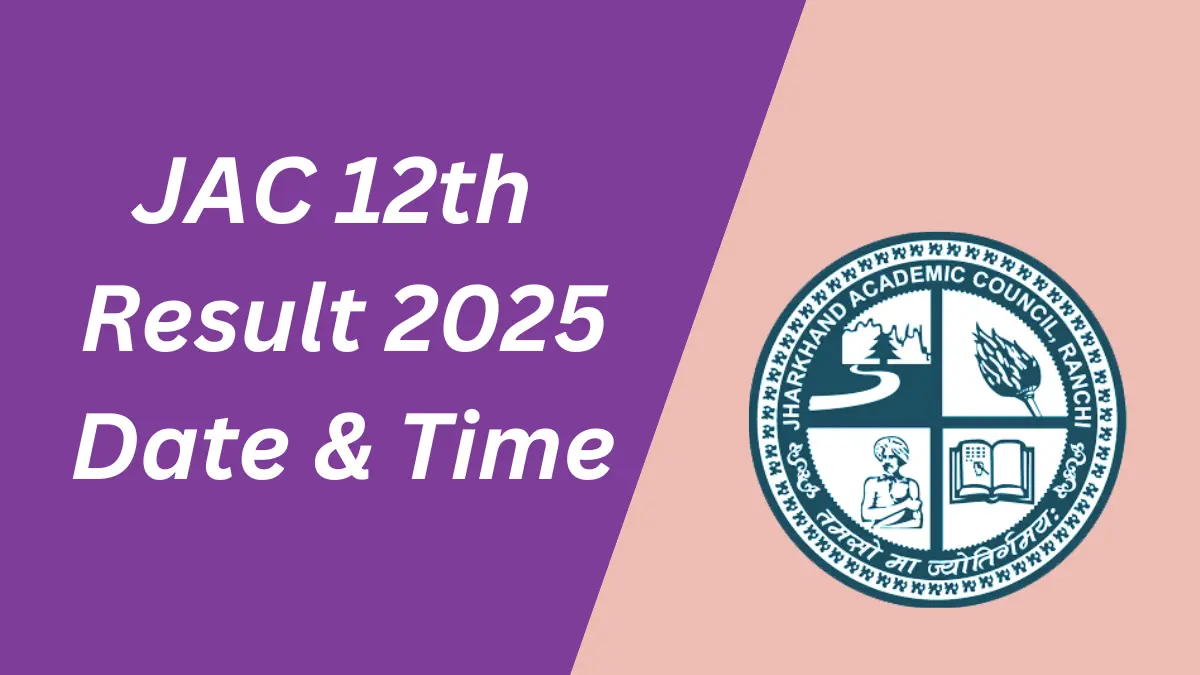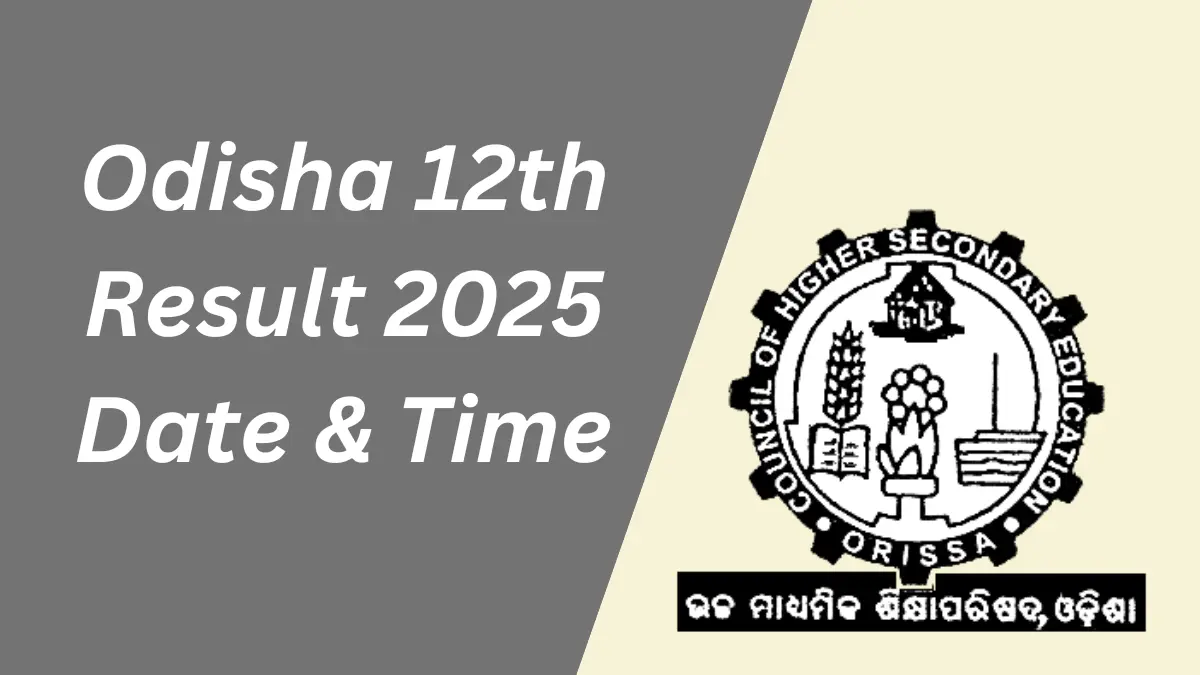JAC 12th Result 2025 Date, Jharkhand Board Class 12th Result Marksheet @jacresults.com
JAC 12th Result 2025 Date: The Jharkhand Academic Council (JAC) is expected to announce the JAC Class 12th Result 2025 in May 2025. Students who appeared in the exams can check the JAC 12th Result 2025 for Science, Arts and Commerce through the link provided on the official website or through the result portal jacresults.com. … Read more








